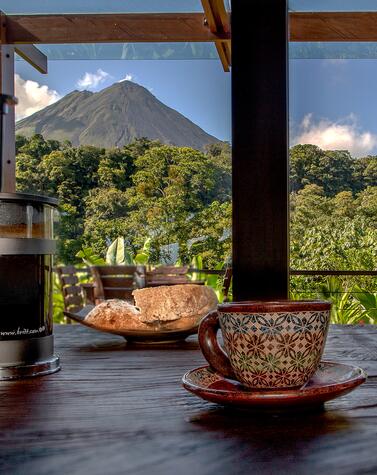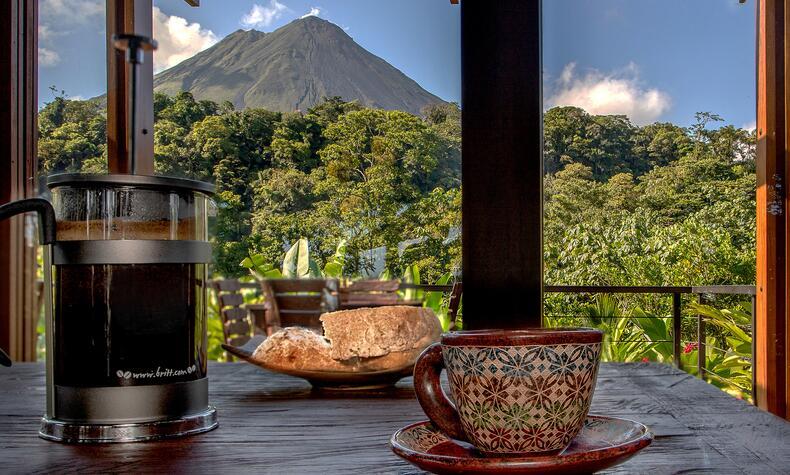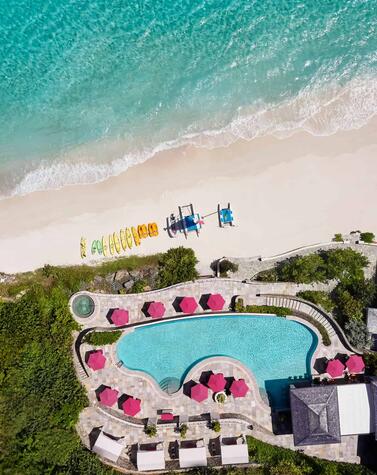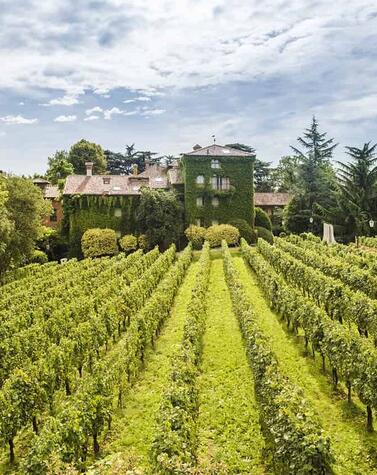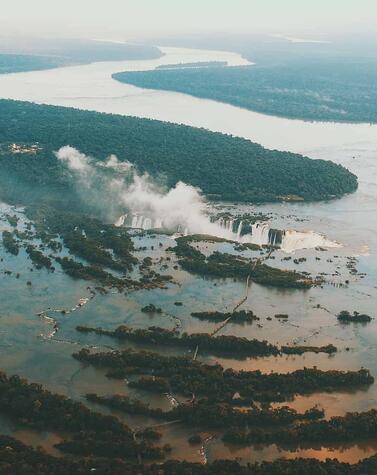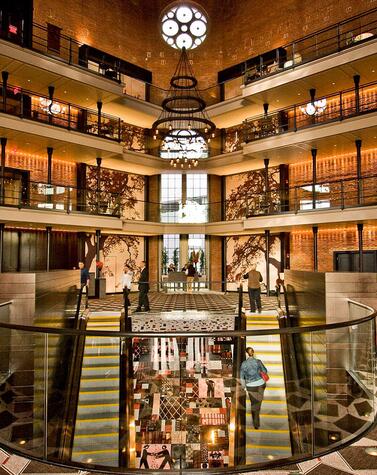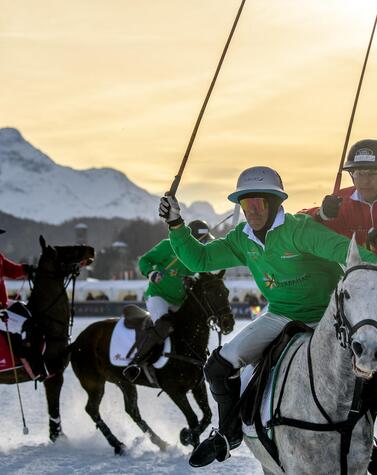Vacation at sea aboard a merchant ship
Ships and boats have historically been the only means of transportation that allowed travel to remote or difficult-to-access islands and coasts of the planet. Today, some of these historic cargo ships have reinvented themselves and offer travelers a different and authentic experience, far from the traditional big cruise ships that we are used to seeing.
Sailing on a freighter in the South Seas
Marquesas Islands...a paradise dreamed and lived by artists and intellectuals who in the late 19th century decided to embark on the adventure of seeking in French Polynesia natural beauty, inspiration, and an exotic and more relaxed lifestyle compared to that which prevailed in the corseted Europe of the time.
Unlike other Polynesian islands, the Marquesas do not have a barrier reef around them, which makes them open directly to the ocean. This generates a landscape of cliffs, bays, and black sand beaches as opposed to the blue lagoons and beaches of fine coral sand of its neighboring islands. Referred to by its inhabitants as "the Land of Men", the Marquesas are located 1,500 km northeast of Tahiti, totaling 12 islands, of which only six are inhabited.


The American writer Herman Melville, author of Moby Dick, embarked in January 1841, aboard a whaler bound for the Pacific, via Cape Horn. A year later, he arrived at the Marquesas Islands where he deserted the ship, seduced by the idyllic life of those exotic islands. Although he returned to Boston in 1844, his experience in the South Seas served as inspiration for several of his works.
If we want to emulate Melville's adventures, in the absence of a whaler we can discover the Marquesas aboard the Aranui 5, a vessel that is half freighter and half passenger ship and makes a regular two-week circuit between Papeete, Tahiti, and the Marquesas and serves as a means of transporting goods to the small remote islands.

The ship, with a capacity of 254 passengers, offers the comforts of a small-scale cruise but through a much closer and unique experience. The history of the Aranui began in 1954 intending to transport goods between different islands in Polynesia.
In 1978, the commercial line to the Marquesas Islands was added to its shipping route, and, in 1984, the first Aranui was adapted to accommodate passengers, being for many years the only ship carrying travelers to the Marquesas Islands, one of the most unknown archipelagos of Polynesia.
Aboard a postal ship in the Norwegian fjords
Norway stretches some 2,700 kilometers from north to south and is a country in which there are great differences due to the different latitudes. In addition, communication is not easy by land because of the many valleys, mountains, and fjords. Until the end of the 19th century, during the long Norwegian winter, the entire northern part of the country was isolated from the rest of the world.
The government decided that the only way to access the towns on the northern coast of Norway was by merchant shipping and, starting in 1875, worked on the design of the first regular shipping lines in the area. The Hurtigruten (whose name means "the fast route") began sailing in 1893 as the first regular line to ensure a year-round postal service between southern and northern Norway. In the early 1900s, it began offering departures from Bergen to Kirkenes, near the Russian border, completing a route of 780 miles.

Now Hurtigruten operates 13 ships carrying cargo and passengers along the Norwegian coast, with 34 ports of call daily. The full round trip from Bergen to Kirkenes takes 12 days. These ships are considered among the most sustainable cruises in the world. No single-use plastics are allowed on board, the garbage generated by all ships is recycled and the ships run partly on biogas.
The gastronomy on board is another of Hurtigruten's strengths with 80% of the products used coming from Norwegian producers. After dinner, there's no need to stay up all night to see an aurora borealis, because a ship's horn wakes you up to make sure you won't miss it.









